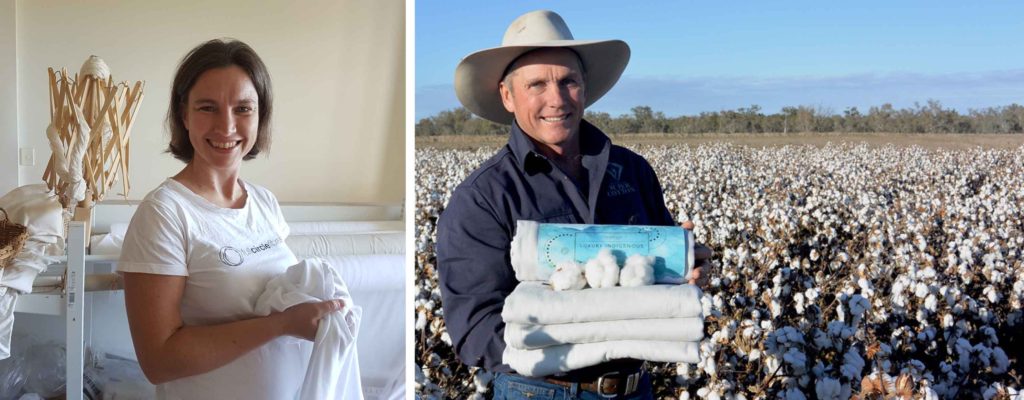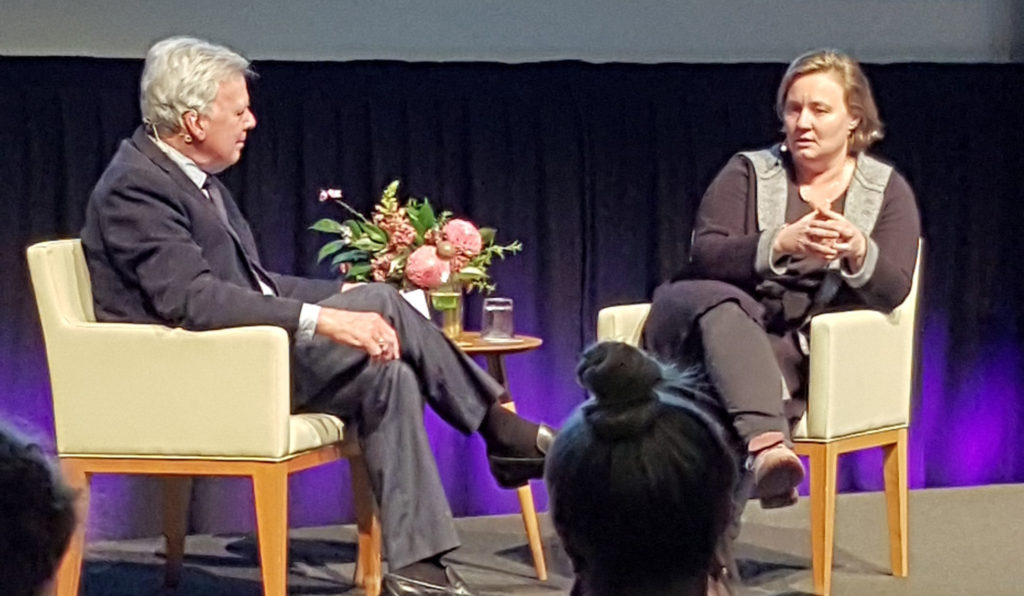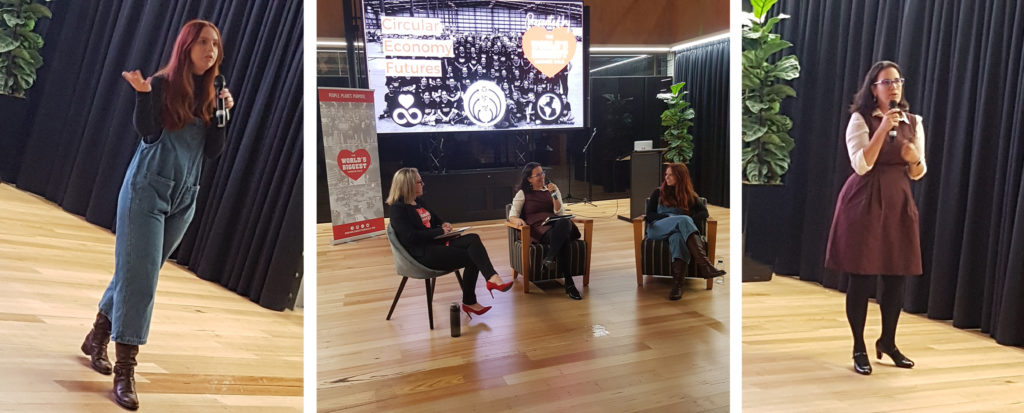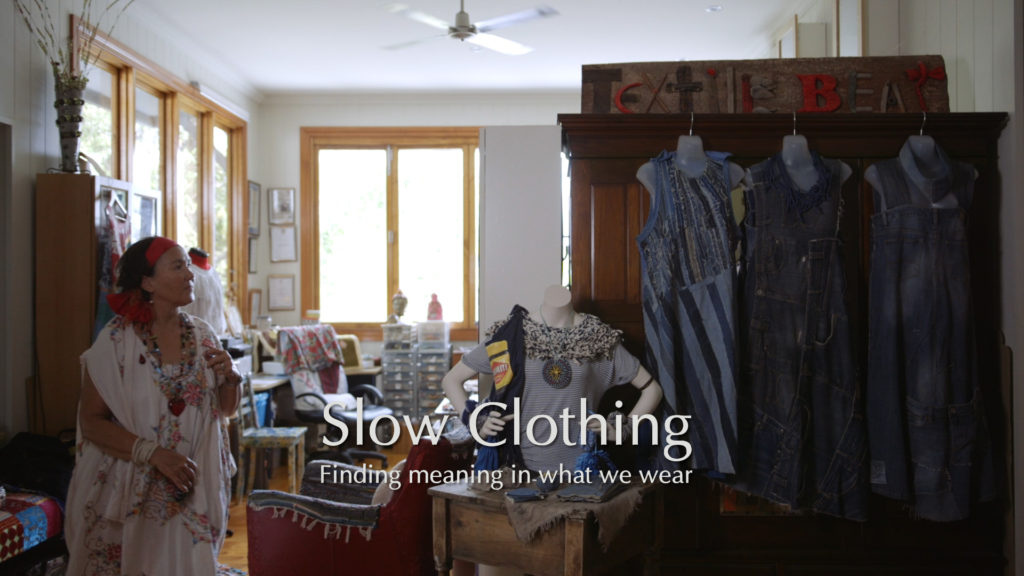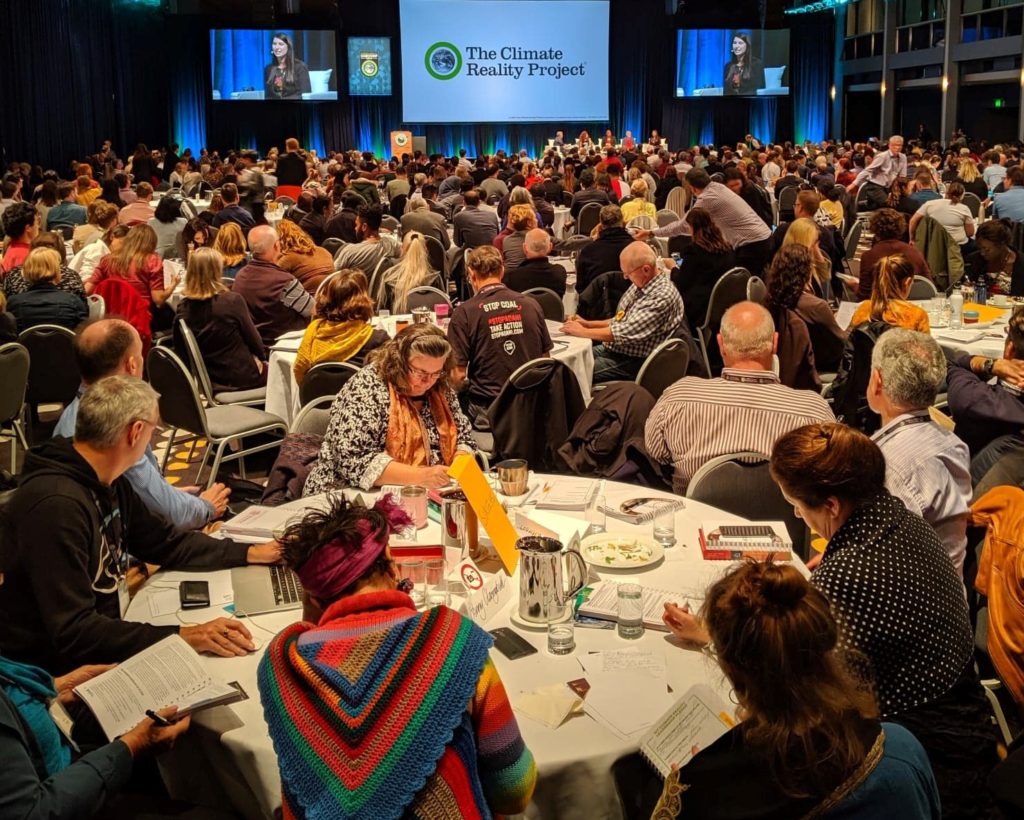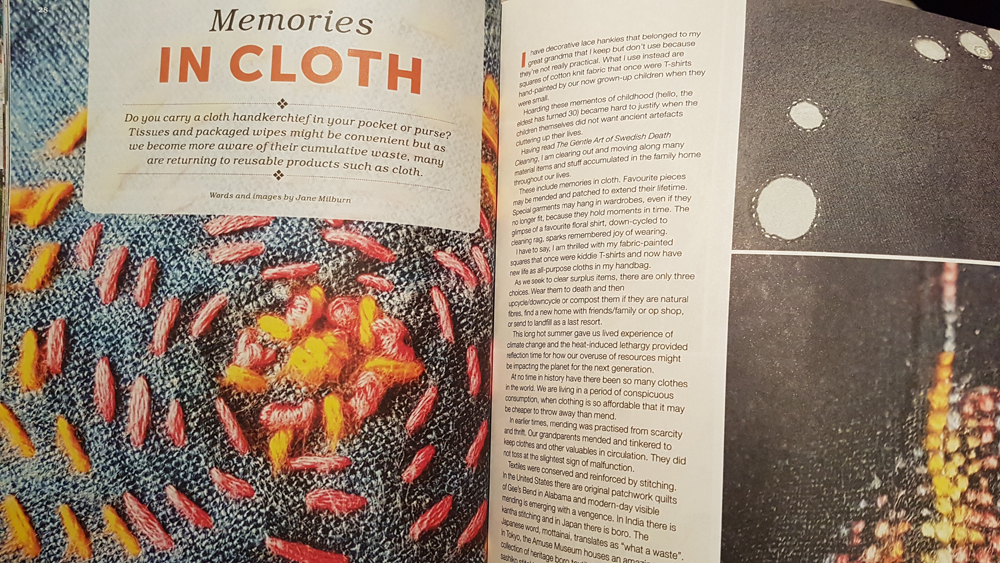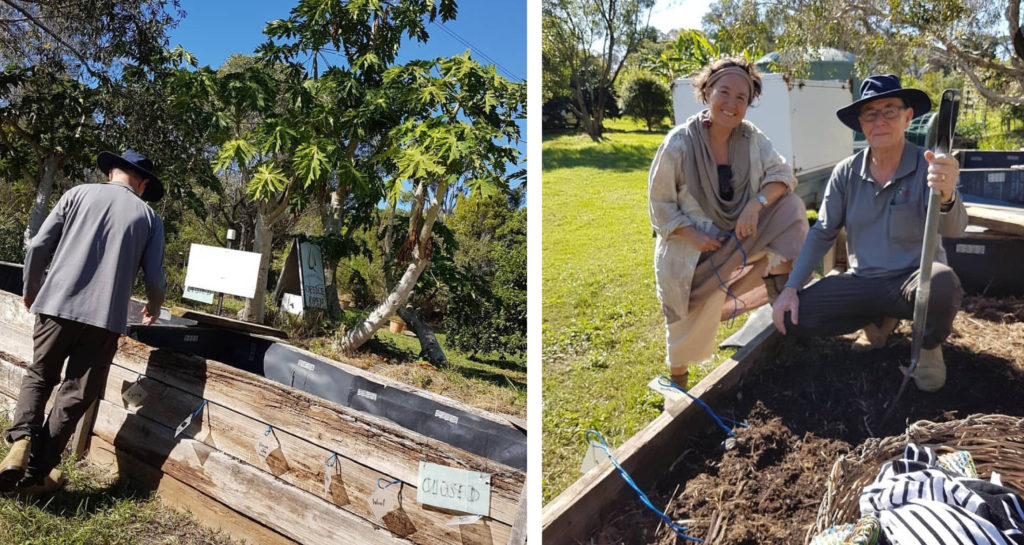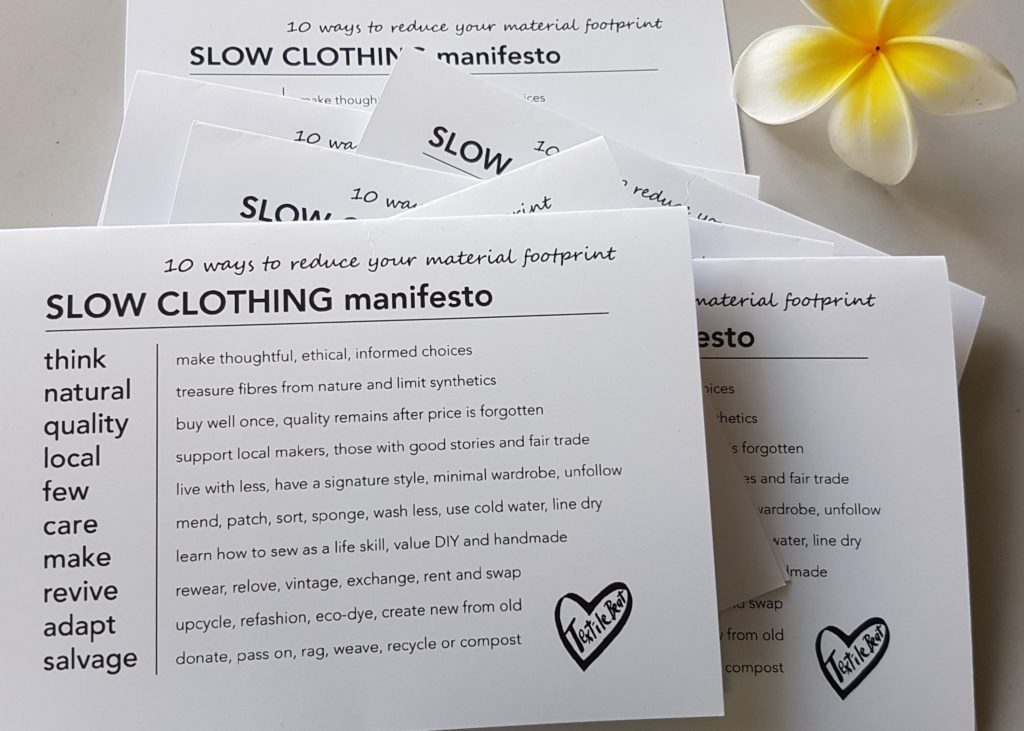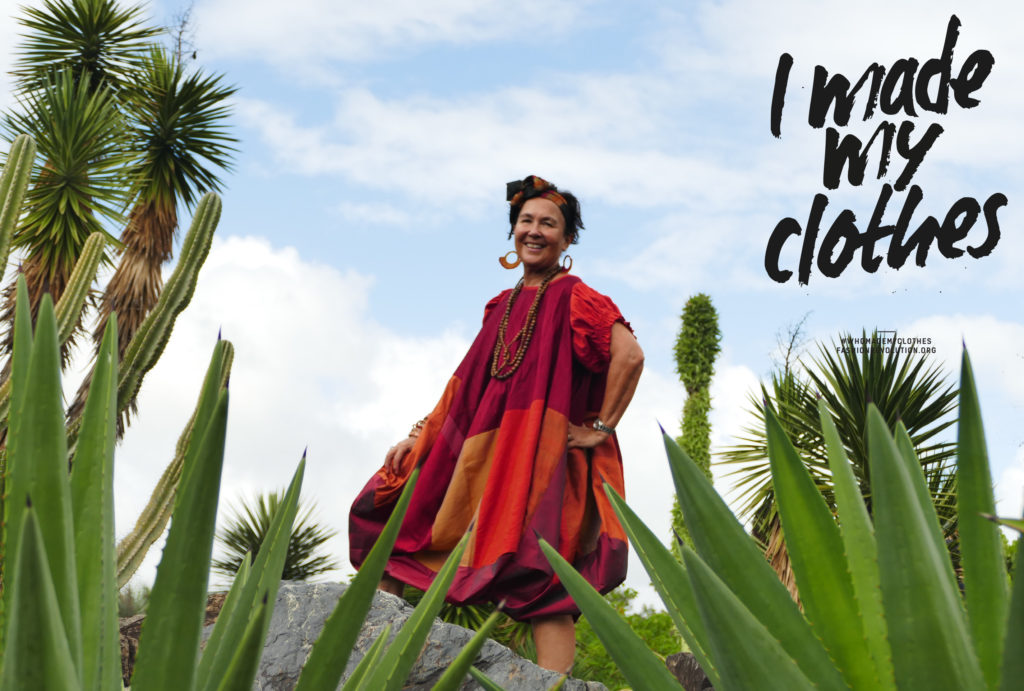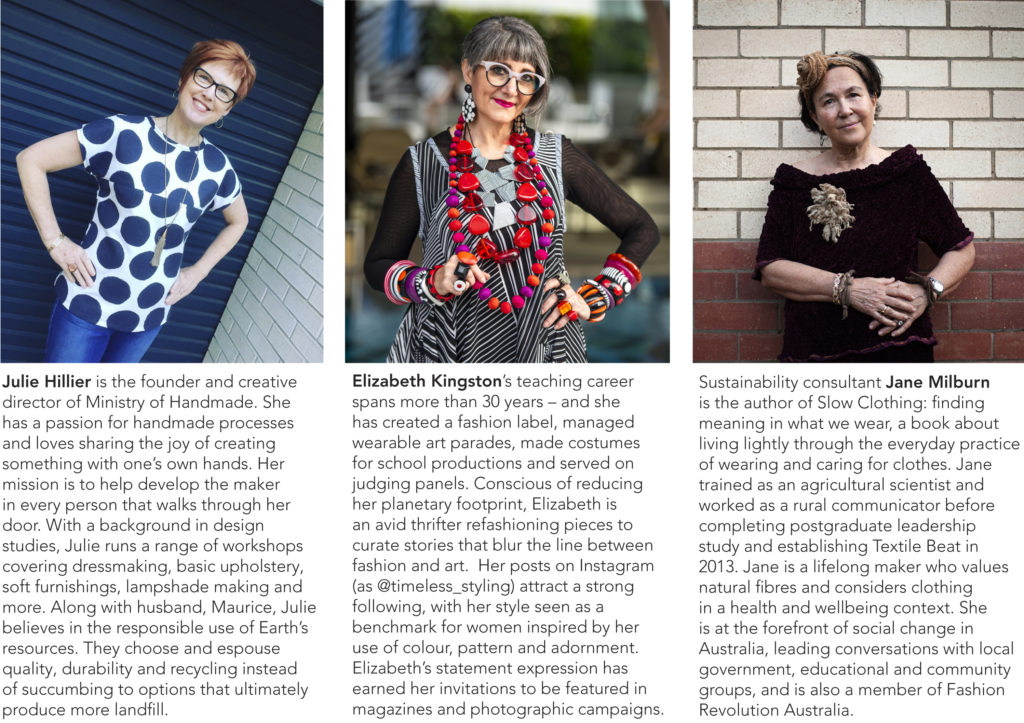A huge opportunity is emerging for Australia to develop a local textile industry with quality natural ethical products, transparency in the supply chain and less waste. Jane Milburn reports.
As conscious wearers awaken to the wicked secrets within the world’s fast fashion chains producing most of our clothes, demand for ethical and natural material is outstripping supply.
Radical transparency is also in demand. Products that carry hallmarks of quality and provenance, are highly sought-after. This is creating niche opportunities for innovative startups such as Full Circle Fibres, which is transforming cotton bolls from St George paddocks into fabrics of known origin.
